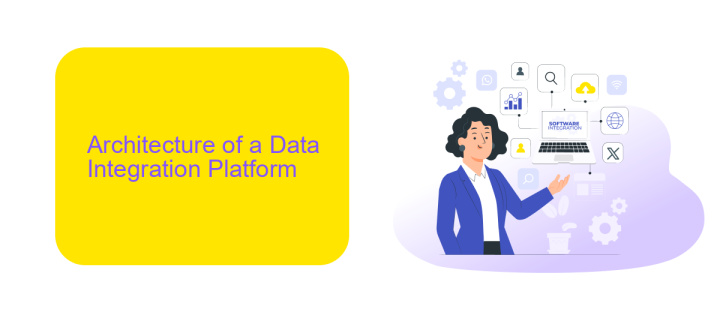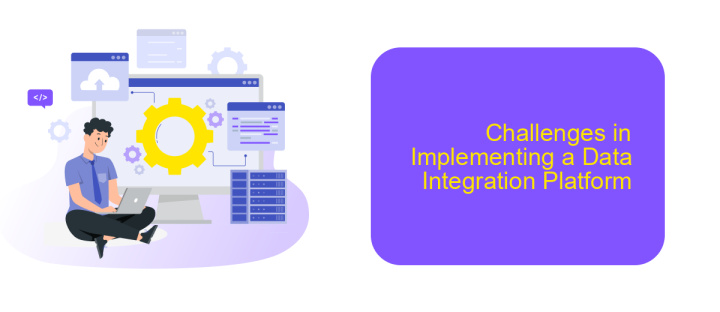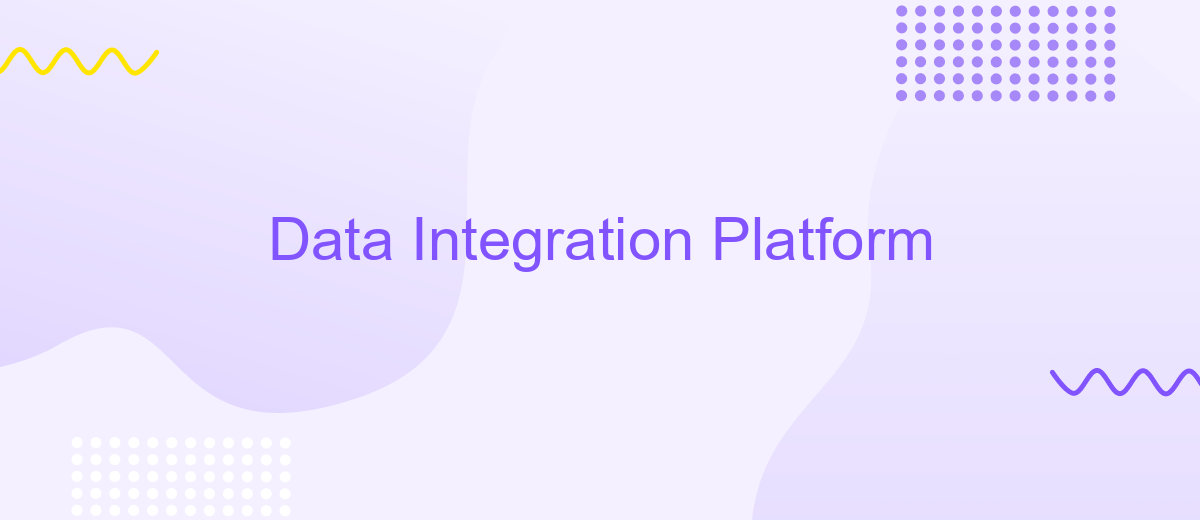Data Integration Platform
In today's data-driven world, businesses need to seamlessly integrate diverse data sources to gain comprehensive insights and drive informed decision-making. A Data Integration Platform serves as a robust solution, enabling the consolidation, transformation, and synchronization of data from multiple systems. This article explores the key features, benefits, and best practices for leveraging a Data Integration Platform to enhance organizational efficiency and data accuracy.
Introduction to Data Integration Platform
Data Integration Platforms are essential tools that enable organizations to seamlessly connect various data sources, transforming raw data into valuable insights. These platforms provide a centralized environment for data collection, processing, and distribution, ensuring that data flows smoothly across different systems and applications.
- Centralized data management
- Real-time data synchronization
- Enhanced data quality and consistency
- Scalability for growing data needs
One such platform, ApiX-Drive, simplifies the integration process by offering a user-friendly interface and a wide range of pre-built connectors. This service allows businesses to automate data workflows without requiring extensive technical knowledge, making it an ideal choice for organizations looking to streamline their data integration efforts. By leveraging ApiX-Drive, companies can ensure that their data is always up-to-date and accessible, driving better decision-making and operational efficiency.
Architecture of a Data Integration Platform

The architecture of a Data Integration Platform is designed to efficiently manage the flow of data between disparate systems. It typically consists of several key components: data sources, data ingestion, data transformation, and data storage. Data sources can include databases, APIs, and cloud services, which feed into the data ingestion layer. This layer is responsible for collecting data in real-time or batch modes. Once ingested, the data moves to the transformation layer, where it is cleaned, normalized, and enriched to ensure consistency and usability. Finally, the processed data is stored in a data warehouse or data lake for analytics and reporting purposes.
To facilitate seamless integration, platforms like ApiX-Drive can be employed. ApiX-Drive offers a user-friendly interface for setting up and managing integrations without the need for extensive coding. It supports a wide range of data sources and destinations, enabling automated workflows and real-time data synchronization. This not only accelerates the integration process but also ensures data accuracy and reliability. By leveraging such services, organizations can focus on deriving insights from their data rather than dealing with the complexities of data integration.
Benefits of Using a Data Integration Platform

Implementing a Data Integration Platform can significantly enhance the efficiency and effectiveness of data management across an organization. By consolidating disparate data sources into a unified system, businesses can streamline operations and make more informed decisions.
- Improved Data Quality: Integration platforms ensure that data is consistent and accurate, reducing the risk of errors and discrepancies.
- Cost Efficiency: Automating data processes minimizes manual labor, saving time and reducing operational costs.
- Enhanced Collaboration: By providing a single source of truth, it fosters better collaboration among departments.
- Scalability: These platforms can easily scale to handle increasing data volumes as the business grows.
- Real-Time Data Access: Integration platforms like ApiX-Drive enable real-time data synchronization, ensuring timely access to critical information.
Overall, a Data Integration Platform offers numerous advantages that can lead to improved business performance and agility. Leveraging tools like ApiX-Drive can further streamline the integration process, making it easier to connect various data sources and automate workflows.
Challenges in Implementing a Data Integration Platform

Implementing a data integration platform presents several challenges that organizations must navigate to ensure successful deployment. One of the primary obstacles is data silos, where data is scattered across different systems and departments, making it difficult to achieve a unified view. Additionally, ensuring data quality and consistency is crucial, as poor data can lead to inaccurate insights and decisions.
Another significant challenge is managing the complexity of integrating various data sources and formats. Organizations often rely on multiple applications, databases, and cloud services, each with its own data structure and protocols. This diversity requires sophisticated tools and expertise to harmonize the data effectively.
- Data silos and fragmentation
- Ensuring data quality and consistency
- Complexity of integrating diverse data sources
- Scalability and performance concerns
- Security and compliance issues
To address these challenges, platforms like ApiX-Drive can be instrumental. ApiX-Drive simplifies the integration process by providing a user-friendly interface and pre-built connectors for various applications and services. This helps organizations streamline their data workflows and maintain high data quality standards, ultimately enhancing their decision-making capabilities.


Best Practices for Data Integration Platform Implementation
Effective implementation of a Data Integration Platform requires careful planning and adherence to best practices. Start by clearly defining your data integration goals and establishing a strategy that aligns with your business objectives. Identify key data sources and determine the data flow between them. Ensure that your data is clean, consistent, and properly formatted before integration. This step is crucial in avoiding data discrepancies and ensuring seamless integration.
Leverage automation tools like ApiX-Drive to streamline the integration process. ApiX-Drive can help you connect various applications and services without extensive coding, saving time and reducing errors. Regularly monitor and maintain your data integration workflows to ensure they remain efficient and effective. Establish robust security measures to protect sensitive data during transfer and storage. Finally, involve stakeholders from different departments to ensure that the integrated data meets the needs of all users and supports informed decision-making across the organization.
FAQ
What is a Data Integration Platform?
Why is data integration important for businesses?
How does a Data Integration Platform work?
What are the common challenges in data integration?
Can I automate data integration processes?
Time is the most valuable resource in today's business realities. By eliminating the routine from work processes, you will get more opportunities to implement the most daring plans and ideas. Choose – you can continue to waste time, money and nerves on inefficient solutions, or you can use ApiX-Drive, automating work processes and achieving results with minimal investment of money, effort and human resources.

